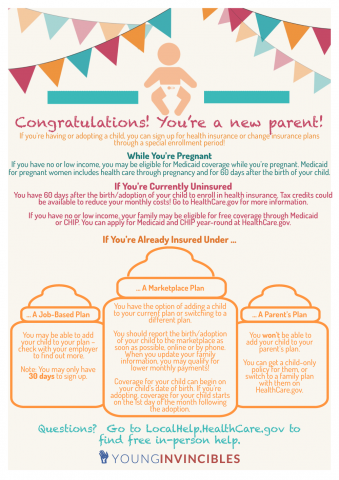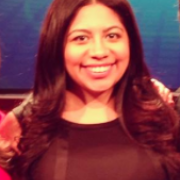
Six Ways To Get Health Coverage Before Open Enrollment – In English Or Spanish!
Signing up for health insurance can be a difficult process to navigate, especially if English is not your first language. My parents had a very hard time with this, and I want to make sure no one else does.
My parents migrated to the U.S. 26 years ago. Spanish is their first language, and they – like so many other people who migrate here -- have a very limited vocabulary in English.
I am their translator but so many migrants like them do not have translators, particularly young adults who lack the financial means to afford one. That’s a significant portion of the population that potentially lacks translation support.
In 2013, one in five people spoke a language other than English at home, according to the American Community Survey. Approximately 40 percent of this group did not have English language proficiency. Language should not be a barrier to health coverage and yet, by the numbers, it seems to be.
According to the Department of Health and Human Services, as many as one in four uninsured people who are eligible for health coverage through the Marketplace, or through Medicaid, are Latino – one in four!
In 2013, more than 40 percent young Latinos, aged 18 to 34, were uninsured. Imagine how many of them encounter language barriers like my parents and can’t count on a translator.
Leading the Spanish and ethnic media work for Young Invincibles – a national non-profit working to advance economic opportunities for young adults -- has allowed me to tackle some of the language and cultural obstacles that prevent my friends and community from obtaining health insurance.
At Young Invincibles, we’re developing language and culturally appropriate materials to ease the insurance sign-up process.
We recently launched a Special Enrollment toolkit, for example, to explain who qualifies for health coverage ahead of Open Enrollment – the enrollment period that begins November 15.
Many people who qualify for health care ahead of November 15 are not aware of it. We’re working to change that for my peers of the Millennial generation, in particular. Young people like me disproportionately experience the type of events that qualify them year-round to enroll.
As our toolkit explains -- available in Spanish as the Guía de Periodo Especial de Inscripcíon - anyone experiencing the following life-changing events might qualify:
- Marriage/ Matrimonio
- Having a Baby/ Esperando un Bebe
- Moving/Mudanzas
- Changing Jobs/Cambio de Empleo
- Graduation/ Graduación
- Turning 26 years/ Cumpliendo 26 años
Medicaid enrollment is also available all year for those who are eligible. – low-income children, pregnant women, and parents in all states. In 27 states and DC, all low-income adults can qualify.
With so many Latinos in America lacking health coverage, creating educational materials in Spanish, in addition to English, is essential to driving awareness about insurance options.
Young adults end up in the emergency room more than any other age group, aside from the elderly. I encourage every young Latino and Latina, in particular, to learn today about the importance of getting covered. I suggest starting with our Spanish-language toolkit.



The views and opinions expressed in this post are those of the author(s) and do not necessarily reflect those of MomsRising.org.
MomsRising.org strongly encourages our readers to post comments in response to blog posts. We value diversity of opinions and perspectives. Our goals for this space are to be educational, thought-provoking, and respectful. So we actively moderate comments and we reserve the right to edit or remove comments that undermine these goals. Thanks!